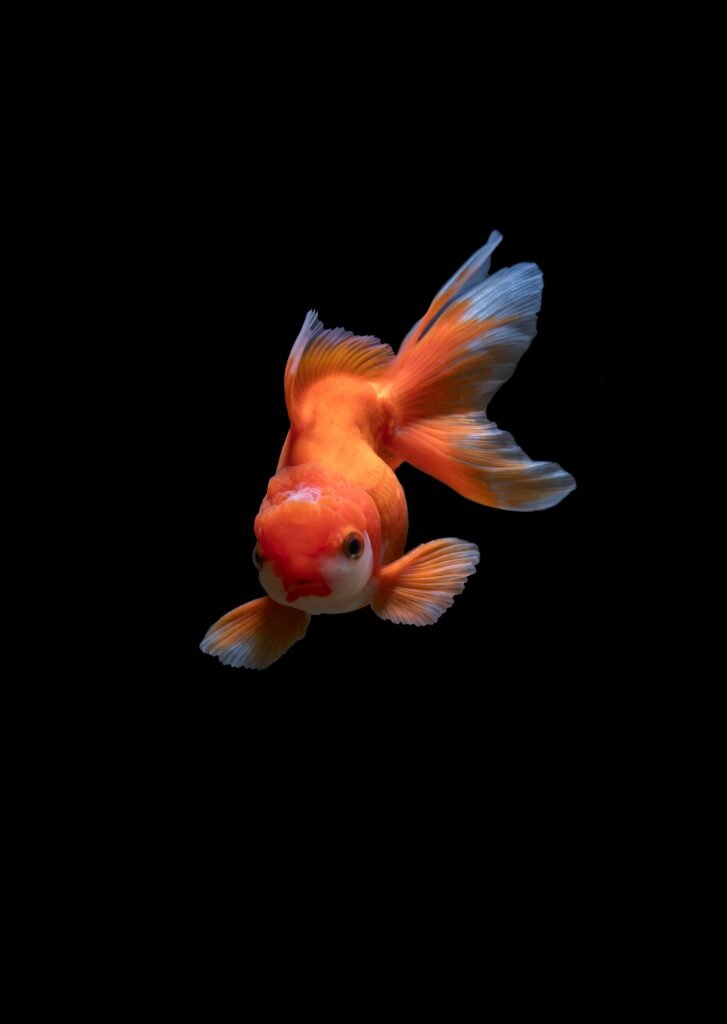
Essential Supplies and Setup for Koi Fish
Creating a suitable habitat for koi fish requires an assortment of essential supplies and equipment to promote a healthy and thriving environment. First and foremost, one must select an appropriate pond or tank size that can accommodate these aquatic creatures. The ideal pond should offer at least 1000 gallons of water for each two or three koi, allowing ample space for them to swim and grow. A deeper pond, ideally at least 3 feet deep, provides stability against temperature fluctuations and protects the fish from predators.
Water quality is paramount for the well-being of koi fish. A reliable water filtration system is essential, helping to maintain clear and clean water. Filtration systems come in various types, including mechanical, biological, and ultraviolet filters. A combination of these systems ensures optimum filtration, reducing harmful chemicals and waste products that can adversely affect koi health. Regular monitoring of water parameters, such as pH levels between 7.0 and 8.5 and ammonia levels at zero, is vital to maintain a balanced ecosystem.
For an enriching environment, appropriate decorations and hiding spots should be integrated into the setup. Natural materials, such as rocks and aquatic plants, can create a stimulating habitat while also providing shade and hiding places for your koi. Ensuring that these items are free from harmful chemicals is crucial, as koi are sensitive to toxins in their environment.
Moreover, temperature control equipment, such as heaters and thermometers, will help maintain a stable water temperature, ideally around 65°F to 75°F. This temperature range is critical for optimal koi health and encourages feeding during spring and summer months. Finally, a balanced diet featuring high-quality koi food will support growth and enhance coloration. Regularly providing this nutritious food and ensuring adequate water quality are key components to keeping your koi fish healthy and vibrant.
General Upkeep and Health Maintenance for Koi Fish
Caring for koi fish entails a commitment to regular upkeep and health maintenance, ensuring these vibrant creatures thrive in their aquatic environments. One of the key components of koi care is adhering to a consistent feeding schedule. Providing high-quality koi food two to three times per day, depending on water temperature and the fish’s activity level, ensures they receive the necessary nutrients for growth and health. Overfeeding should be avoided, as it can lead to water quality deterioration and health issues.
Daily monitoring of water quality is paramount in maintaining a healthy habitat for koi fish. Essential parameters include pH levels, ammonia, nitrite, and nitrate concentrations. Ideally, koi thrive in water with a pH between 7.0 and 8.6. Regular testing and adjusting of these levels, alongside maintaining appropriate temperature ranges (50°F to 75°F), create a stable environment for koi fish, reducing stress and enhancing their vitality.
Routine maintenance of ponds or tanks is another critical aspect of koi upkeep. This includes cleaning the filtration system and removing debris, such as leaves and uneaten food, that can deteriorate water quality. Additionally, seasonal preparations, such as adding pond heaters during winter or shade during summer, can significantly impact koi health.
Recognizing common health issues in koi fish is essential for prompt intervention. Signs of stress or illness may include erratic swimming patterns, loss of appetite, or discoloration. Regular health checks, along with preventative measures such as vaccinations and parasite treatments, play a vital role in minimizing potential threats to your koi’s well-being. By prioritizing these health maintenance practices and being vigilant to any changes in behavior, koi fish enthusiasts can ensure the long-term health and happiness of their aquatic companions.